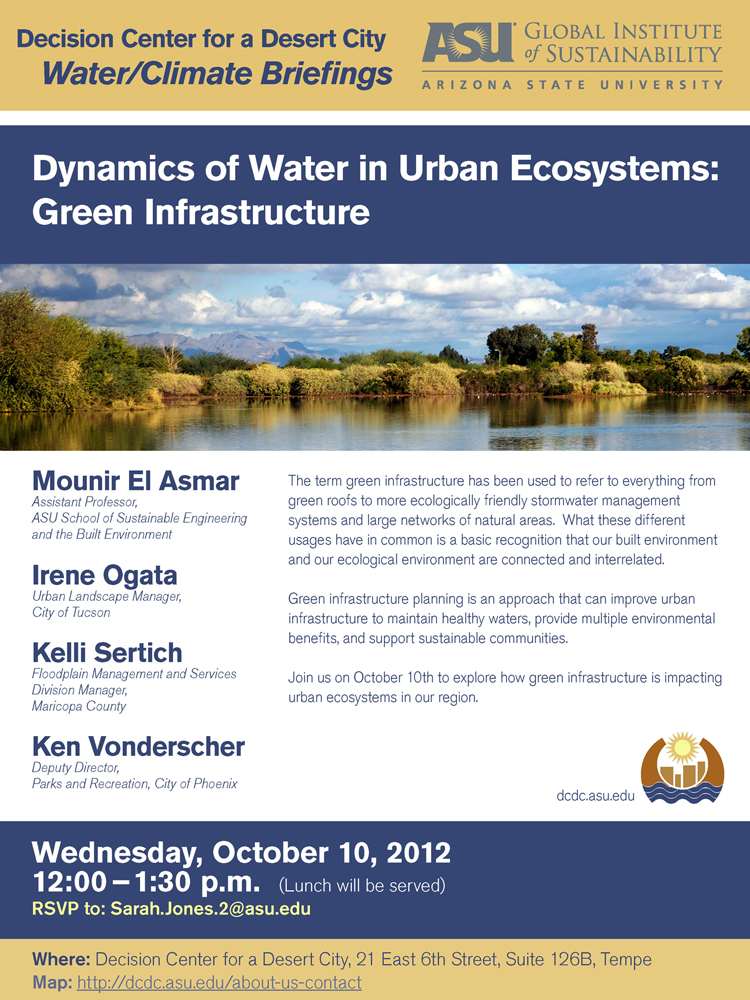DCDC Research Highlights from Recent Poster Symposia
February 1, 2013
DCDC researchers shared their research at several conferences and meetings in the first half of the 2012-2013 academic year. From topics ranging from The Social Ecology of Residential Land Management to An Application Programmer’s Interface (API) to WaterSim: WaterSim 5.0, DCDC's interdisciplinary research projects form a broad effort to inform urban decision makers about the evolving challenges of coping with a changing climate.
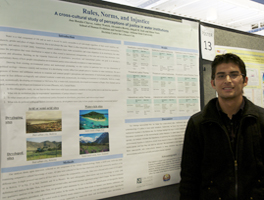
- 15th Annual CAP LTER Poster Symposium and All Scientist Meeting, Scottsdale, AZ, January 11, 2013
- American Geophysical Union Fall meeting, San Francisco, CA, December 3-7, 2012
- PhD Design, Environment, and the Arts Student Research Poster Exhibit and Reception, Tempe, AZ, October 4, 2012
- Long-Term Ecological Research All Scientist Meeting, Estes Park, Colorado, September 12, 2012
Larson, K.L., E. Cook, J. Brumand, S. Hall, and K. Feldbauer. 2013. The social ecology of residential land management: Complex effects, tradeoffs and legacies in the Sonoran Desert of Phoenix, AZ. Poster presented at the 11 January 2013, 15th Annual CAP LTER Poster Symposium and All Scientist Meeting 2013, Skysong, Scottsdale, AZ.
Larson, K.L. 2012. The social ecology of residential land management: Complex effects, tradeoffs and legacies in the Sonoran Desert of Phoenix, AZ. Presented September 12, 2012, at the Long-Term Ecological Research All Scientist Meeting, Estes Park, CO, September 10-13.
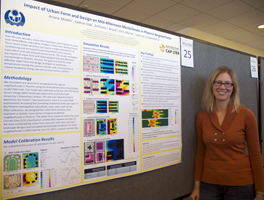
Middel, A., K. Häb, J.P. Erickson, A.J. Brazel, C. Martin, and S. Guhathakurta. 2012. Impact of microclimate on residential energy consumption in different Phoenix Arizona neighborhood types. Poster presented on October 4, 2012 at the PhD Design, Environment, and the Arts Student Research Poster Exhibit and Reception, Tempe, AZ.
Moreno, H., E. Vivoni, and D. Gochis. 2012. Exploring the limits of flood forecasting in mountain basins by using QPE and QPF Products in a physically-based, distributed hydrologic model during summer convection. Poster presented December 6, 2012 at the American Geophysical Union Fall meeting, December 3-7, 2012, San Francisco, CA. [Poster]
Quay, R., D. Sampson, D. White, C. Kirkwood, and P. Gober. 2013. Using advanced scenario analysis as an anticipatory tool: Exploring the uncertainty of urban water demand and supply within Central Arizona. Poster presented at the 11 January 2013, 15th Annual CAP LTER Poster Symposium and All Scientist Meeting 2013, Skysong, Scottsdale, AZ. [Poster]
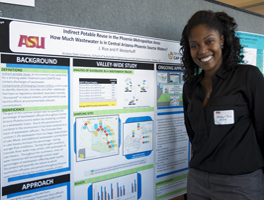
Rosales Chavez, J., A. Wutich, A. Brewis, A.M. York, and R. Stotts. 2013. Rules, norms, and injustice: A cross-cultural study of perceptions of justice in water institutions. Poster presented at the 11 January 2013, 15th Annual CAP LTER Poster Symposium and All Scientist Meeting 2013, Skysong, Scottsdale, AZ. [Poster]
Sampson, D.A., and R. Quay. 2013. Potential Central Arizona Project water shortages as influenced by climate and Upper Basin delivery schedules. Poster presented at the 11 January 2013, 15th Annual CAP LTER Poster Symposium and All Scientist Meeting 2013, Skysong, Scottsdale, AZ. [Poster]
Sampson, D.A., and R. Quay. 2012. An Application Programmer’s Interface (API) to WaterSim: WaterSim 5.0. Poster presented December 5, 2012 at the American Geophysical Union Fall meeting, December 3-7, 2012, San Francisco, CA. [Poster]


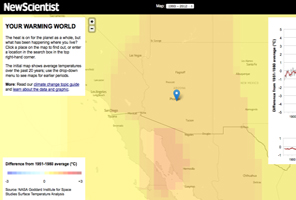 New Scientist Magazine was launched in 1956 "for all those men and women who are interested in scientific discovery, and in its industrial, commercial and social consequences".
New Scientist Magazine was launched in 1956 "for all those men and women who are interested in scientific discovery, and in its industrial, commercial and social consequences". 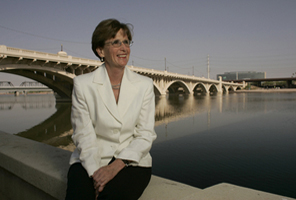 DCDC founding director, Patricia Gober, writes in the January 15, 2013 editorial for the journal Water Resources Management, that North American water systems are inadequately prepared to deal with an uncertain future climate and other uncertainties relevant to long-term sustainability.
DCDC founding director, Patricia Gober, writes in the January 15, 2013 editorial for the journal Water Resources Management, that North American water systems are inadequately prepared to deal with an uncertain future climate and other uncertainties relevant to long-term sustainability.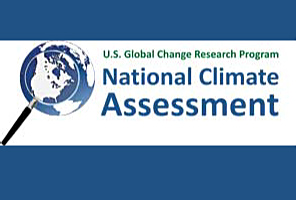 A 60-person Federal Advisory Committee (The "National Climate Assessment and Development Advisory Committee" or NCADAC) has overseen the development of this draft climate report.
A 60-person Federal Advisory Committee (The "National Climate Assessment and Development Advisory Committee" or NCADAC) has overseen the development of this draft climate report. 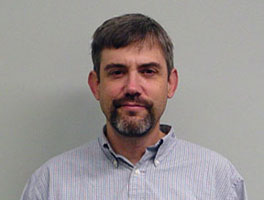 DCDC is proud to co-sponsor the 15th Annual CAP LTER Poster Symposium keynote speaker, William Solecki, Director of the Institute for Sustainable Cities, and Professor, Department of Geography at City University of New York, at this year's Poster Symposium and All Scientists Meeting.
DCDC is proud to co-sponsor the 15th Annual CAP LTER Poster Symposium keynote speaker, William Solecki, Director of the Institute for Sustainable Cities, and Professor, Department of Geography at City University of New York, at this year's Poster Symposium and All Scientists Meeting.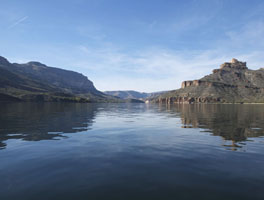 WASHINGTON, D.C. – Secretary of the Interior Ken Salazar today announced the release of a study – authorized by Congress and jointly funded and prepared by the Bureau of Reclamation and the seven Colorado River Basin states – that projects water supply and demand imbalances throughout the Colorado River Basin and adjacent areas over the next 50 years. The Colorado River Basin Water Supply and Demand Study, the first of its kind, also includes a wide array of adaptation and mitigation strategies proposed by stakeholders and the public to address the projected imbalances.
WASHINGTON, D.C. – Secretary of the Interior Ken Salazar today announced the release of a study – authorized by Congress and jointly funded and prepared by the Bureau of Reclamation and the seven Colorado River Basin states – that projects water supply and demand imbalances throughout the Colorado River Basin and adjacent areas over the next 50 years. The Colorado River Basin Water Supply and Demand Study, the first of its kind, also includes a wide array of adaptation and mitigation strategies proposed by stakeholders and the public to address the projected imbalances.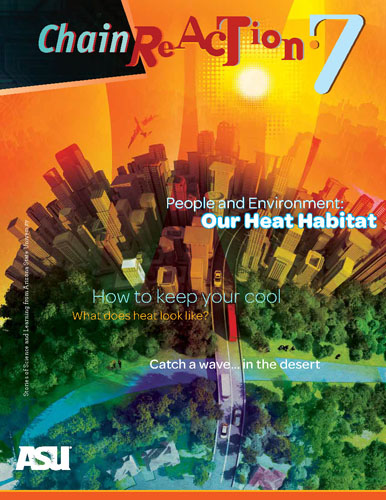
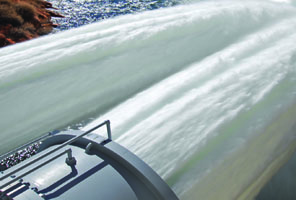 More than 16 years of USGS science will come to fruition next week in the Grand Canyon and its surroundings when the U.S. Department of the Interior releases Colorado River water from Lake Powell reservoir under its new science-based protocol for adaptive management of Glen Canyon Dam.
More than 16 years of USGS science will come to fruition next week in the Grand Canyon and its surroundings when the U.S. Department of the Interior releases Colorado River water from Lake Powell reservoir under its new science-based protocol for adaptive management of Glen Canyon Dam. On November 12, 2012, DCDC co-director Dave White will be traveling to the Center for Climate and Energy Decision Making (CEDM) at Carnegie Mellon University to give a seminar on Boundary Work for Water Sustainability and Urban Climate Adaptation: Lessons from the Decision Center for a Desert City.
On November 12, 2012, DCDC co-director Dave White will be traveling to the Center for Climate and Energy Decision Making (CEDM) at Carnegie Mellon University to give a seminar on Boundary Work for Water Sustainability and Urban Climate Adaptation: Lessons from the Decision Center for a Desert City.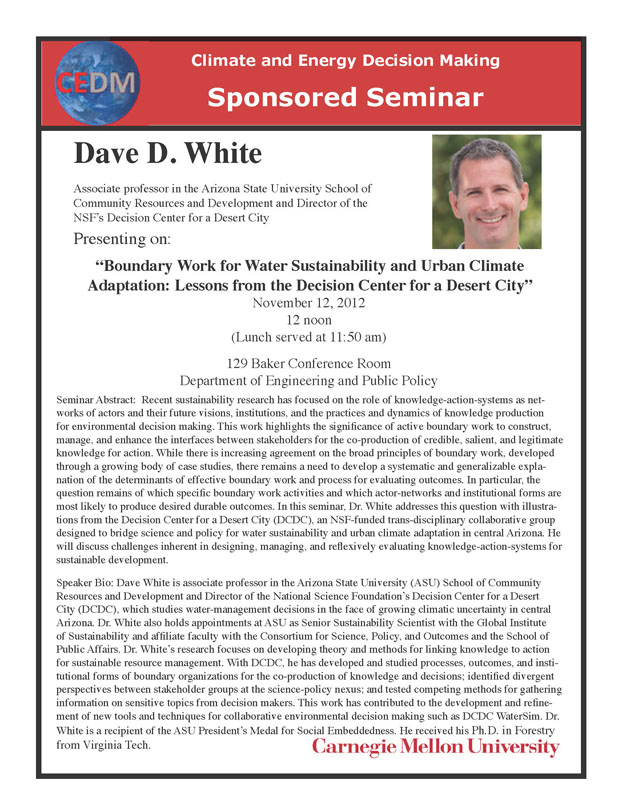
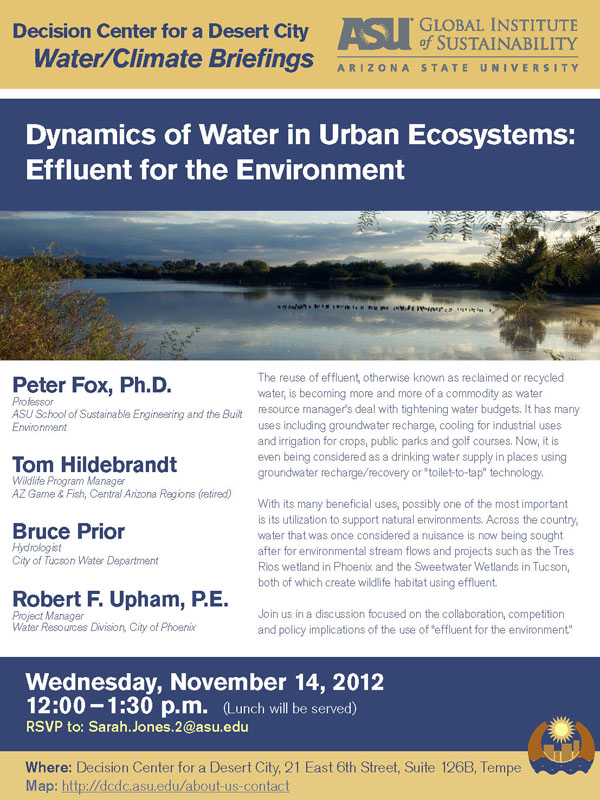
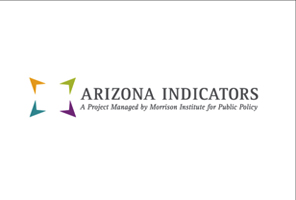 Arizona Indicators, a project managed by ASU's Morrison Institute for Public Policy, has just published a new Policy Points by DCDC research analyst, Sally Wittlinger. Sally's Policy Point is entitled, "How Will the Current Drought Affect Our Future Water Supply?"
Arizona Indicators, a project managed by ASU's Morrison Institute for Public Policy, has just published a new Policy Points by DCDC research analyst, Sally Wittlinger. Sally's Policy Point is entitled, "How Will the Current Drought Affect Our Future Water Supply?"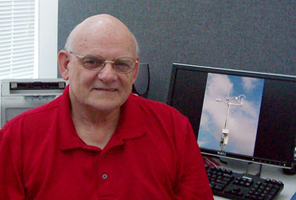 Anthony J. Brazel, ASU professor emeritus, has received the Helmet E. Landsberg Award for 2013 from the American Meteorological Society’s Board on the Urban Environment. The AMS is this country’s primary professional society for atmospheric scientists.
Anthony J. Brazel, ASU professor emeritus, has received the Helmet E. Landsberg Award for 2013 from the American Meteorological Society’s Board on the Urban Environment. The AMS is this country’s primary professional society for atmospheric scientists.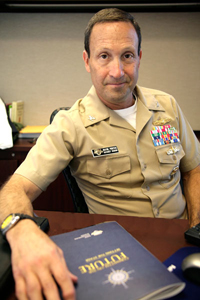 On Thursday, October 25, 2012, Captain Wayne Porter, USN, Chair, Systemic Strategy and Complexity at the Naval Postgraduate School, will present the first Wrigley Lecture Series of the 2012-2013 academic year. He will be discussing his piece, "A National Strategic Narrative," co-authored with Colonel Mark Mykleby. The narrative argues for a need of a sustainability context when protecting our nation's prosperity and security. It is now time to move the nation from a Cold War strategy of containment to a strategy of sustainability designed to address our enduring interests in a dynamic environment.
On Thursday, October 25, 2012, Captain Wayne Porter, USN, Chair, Systemic Strategy and Complexity at the Naval Postgraduate School, will present the first Wrigley Lecture Series of the 2012-2013 academic year. He will be discussing his piece, "A National Strategic Narrative," co-authored with Colonel Mark Mykleby. The narrative argues for a need of a sustainability context when protecting our nation's prosperity and security. It is now time to move the nation from a Cold War strategy of containment to a strategy of sustainability designed to address our enduring interests in a dynamic environment.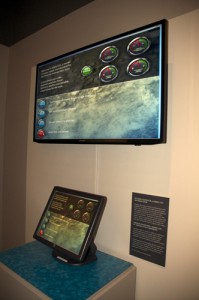 Water is an essential resource for human settlement. Regardless of the climate or economy, if there is not an adequate supply of water to meet the water demands of a community, the community cannot be sustainable. Thus managing water supply and demand so that demand does not exceed supply will be an essential component of any communities plan for sustainability. Such management, referred to as water resources management, in urbanized regions can be very complicated. The systems used to collect water from multiple sources, treat it, deliver it to community residents, collect the wastewater, treat it, and safely dispose or reuse it are typically complex highly regulated systems often operated by multiple agencies over different geographies that can span hundreds of miles.
Water is an essential resource for human settlement. Regardless of the climate or economy, if there is not an adequate supply of water to meet the water demands of a community, the community cannot be sustainable. Thus managing water supply and demand so that demand does not exceed supply will be an essential component of any communities plan for sustainability. Such management, referred to as water resources management, in urbanized regions can be very complicated. The systems used to collect water from multiple sources, treat it, deliver it to community residents, collect the wastewater, treat it, and safely dispose or reuse it are typically complex highly regulated systems often operated by multiple agencies over different geographies that can span hundreds of miles.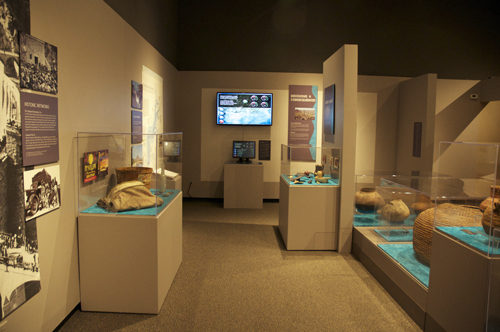 Beginning October 12, 2012,
Beginning October 12, 2012, 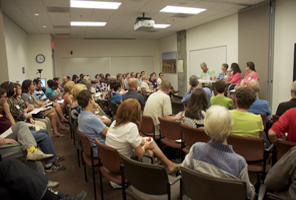 Beginning this academic year, you can find video of our Water/Climate Briefings on the DCDC website under each Water/Climate Briefing heading. We're excited about this opportunity to reach a broader audience with our ongoing research.
Beginning this academic year, you can find video of our Water/Climate Briefings on the DCDC website under each Water/Climate Briefing heading. We're excited about this opportunity to reach a broader audience with our ongoing research.